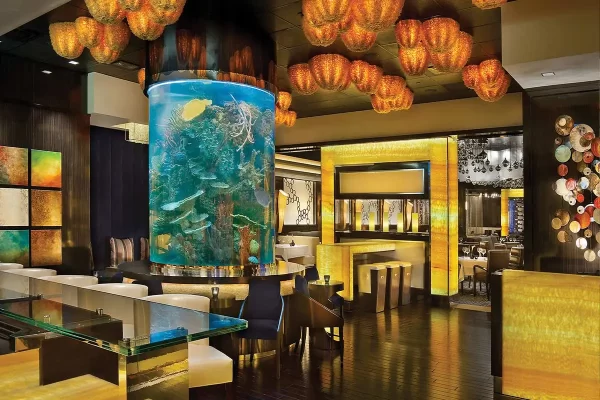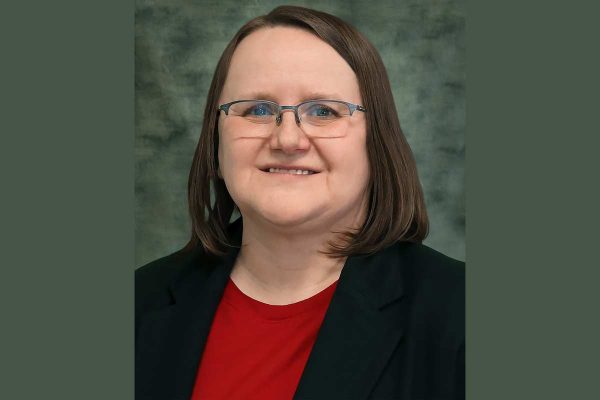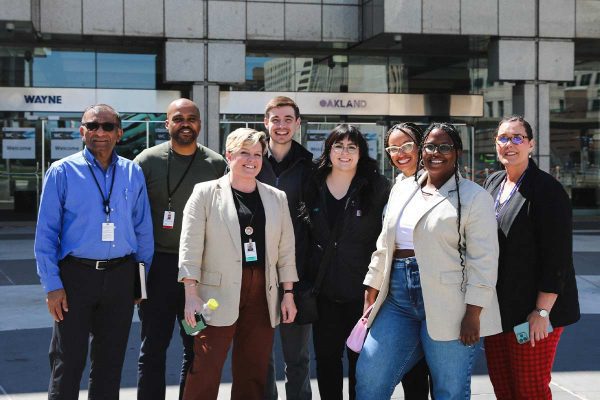Getting freight to the show floor may be one of the most crucial steps in exhibiting. Any missteps could cost precious time and money. ICAT Logistics Inc. (ICAT), a leading agency-based freight forwarder in the U.S., shares the perspective of the transporter.
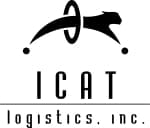 All of the special requirements from a show decorator differentiate transporting freight for tradeshows from other industries, according to Brian Rutter, station manager, ICAT. Much of the shipment is coordinated ahead with predetermined deadlines, delivery hours and location, and material handling onsite, among the myriad of fine details.
All of the special requirements from a show decorator differentiate transporting freight for tradeshows from other industries, according to Brian Rutter, station manager, ICAT. Much of the shipment is coordinated ahead with predetermined deadlines, delivery hours and location, and material handling onsite, among the myriad of fine details.
Missing the target on any one element may result in additional costs that could directly affect marketing budgets. Regardless of fault, however, it is not within the shipper’s responsibility to pay any fees assessed. For example, freight must be staged and ready in the city to move in at show site. If it is not, the exhibitor could be fined or pay a higher material handling rate – a price hike of up to 30 percent.
“What makes tradeshow freight such a challenge is all the changes. Tradeshow freight is often designed to the last minute. Most shipments are changed from the time we quote them to when they’re booked, and again from the time they’re booked to when they’re shipped,” said Rutter. “Opportunity costs are huge when things don’t go well; it’s not worth making that risk with tradeshow material.”

Keeping cognizant of its clients’ time-sensitive needs, ICAT maintains customer-centric operations by considering all possible options to route a specific piece of freight. Coordinating tradeshow transportation means preparing for the worst-case scenario to ensure each shipment makes it to its destination no matter what.
“Having a Plan B is essential. We treat it like the umbrella syndrome: ‘Bring the umbrella to make sure it won’t rain’,” shared Rutter. “Clients tell us that if something happens at the hotel or with their flight, they can move on to the next. But if their shipment doesn’t get there, no matter what other costs, they absolutely cannot set up for the show.”
The freight forwarder works backwards from the show schedule, noting every detail from the freight’s weight and dimensions to keeping an updated bill of lading as changes to the shipment add charges to freight. Clients must correspond closely with the carrier, which specializes in the tradeshow industry or maintains round-the-clock communication, to ensure the proper equipment is ready for shipping.
Tradeshows specifically are a unique entity where oftentimes the client is shipping from their facility, but a third party is receiving the shipment at an advanced warehouse or the show site. Therefore, direct contact must be maintained with the person filling out outbound paperwork from the show, Rutter advised.
In one instance, incorrect freight was returned to a client in Tennessee at the close of a show taking place in Dallas. When the show decorator reviewed footage from the show floor, it was pinpointed that the shipping labels inadvertently came off when the freight was moved via a forklift. The same shipping labels were mistakenly placed onto the wrong freight by someone who was not working with the shipper or show decorator. Maintaining close communication with the show decorator helped ICAT to quickly locate the freight and coordinate its proper return.
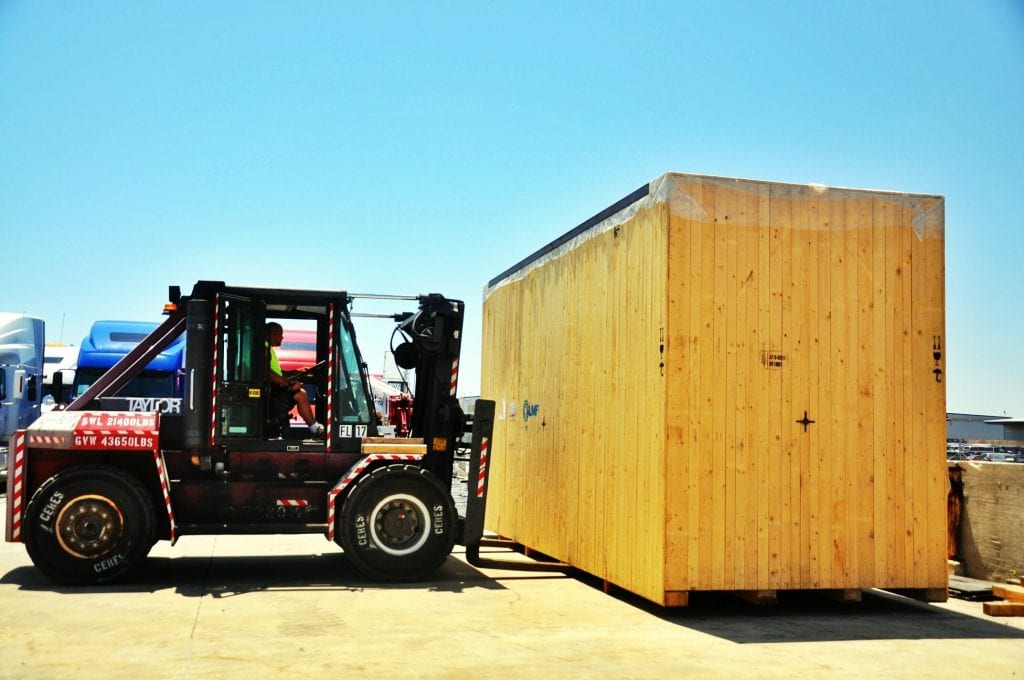
Aside from logistical details, ICAT also considers security measures. Rutter explained that, following 9/11, air freight and international freight were most affected by heightened regulations in the aftermath. High-volume shippers that have the same booth between events or exhibitors setting up last-minute graphics will likely air freight materials.
Not only does freight have different security measures and efforts, but required company background checks also underwent more rigid rules. Any ICAT staff member able to access shipping software containing shipping information and freight tracking must be TSA certified, such as sales representatives. To be TSA compliant, staff members complete background checks and are tested on air freight security.
An upgrade to its electronic data interchange (EDI) interface will allow ICAT to receive more real-time data on its freight for better monitoring and added security. Sharing that the exposition side of freight has experienced a huge growth in the last three years, ICAT continues to grow its agency-based firm with each city having its own client base.
With shipping acting as a general commodity for tradeshows, ICAT emphasized that the key to understanding tradeshow transportation lies in recognizing the quality and value that freight forwarders with industry knowledge provide to exhibitors in order to get freight to the show floor.
For more information, visit icatlogistics.com













